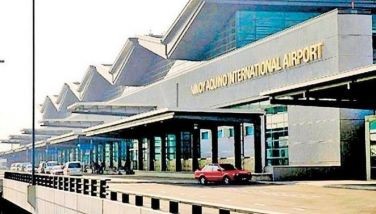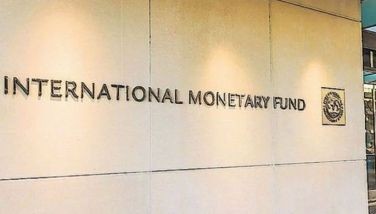Philippines bond market slows in Q2

MANILA, Philippines — Philippine bond market growth moderated in the second quarter from the previous quarter due to lower government and corporate issuances, the Asian Development Bank (ADB) said.
In its Asia Bond Monitor September 2024 report released yesterday, the ADB said the Philippines’ outstanding local currency bonds posted a 1.9 percent quarter-on-quarter (q-o-q) growth to P12.5 trillion in the second quarter, slower than the 2.2 percent increase in the first quarter.
The multilateral lender attributed the slower growth in the bond market to “reduced issuance from both the corporate and government segments.”
It said outstanding treasury and other government bonds rose by 2.8 percent q-o-q due to a lower volume of bond maturities in the second quarter.
Corporate debt stock, on the other hand, contracted by 7.7 percent q-o-q in the April to June period, following the previous quarter’s 8.2 percent q-o-q decline.
Total local currency bond issuance also dropped by 15.7 percent q-o-q to P2.6 trillion in the second quarter, reversing the previous quarter’s 37.3 percent q-o-q growth.
Issuance of treasury and other government bonds fell by 51.7 percent q-o-q in the second quarter due to the exceptionally high issuance volume in the previous quarter, with the sale of retail treasury bonds in February this year.
Corporate bond issuance also dropped by 41.2 percent q-o-q in the second quarter as firms postponed issuances in anticipation of the Bangko Sentral ng Pilipinas’ interest rate cut last August.
The largest corporate bond issuances in the second quarter came from SM Prime Holdings Inc. and Energy Development Corp., accounting for 58 percent and 23.2 percent of the total corporate issuance during the period.
Banks and investment houses continued to be the largest investor group, accounting for almost 50 percent of the total local currency government debt stock at the end of June.
As for emerging East Asia, which covers the Association of Southeast Asian Nations members, as well as China, Hong Kong and South Korea, the local currency bond market expanded by 2.3 percent q-o-q to $25.1 trillion at the end of June.
ADB chief economist Albert Park said policy rate cuts are expected in both advanced and regional markets and such will strengthen financial conditions in emerging East Asia.
“However, downside risks remain, such as weaker-than-expected economic performance in the PRC (China) and escalation of geopolitical concerns,” he said.
“In general, risks to the regional financial outlook remain balanced,” he added.
- Latest
- Trending































